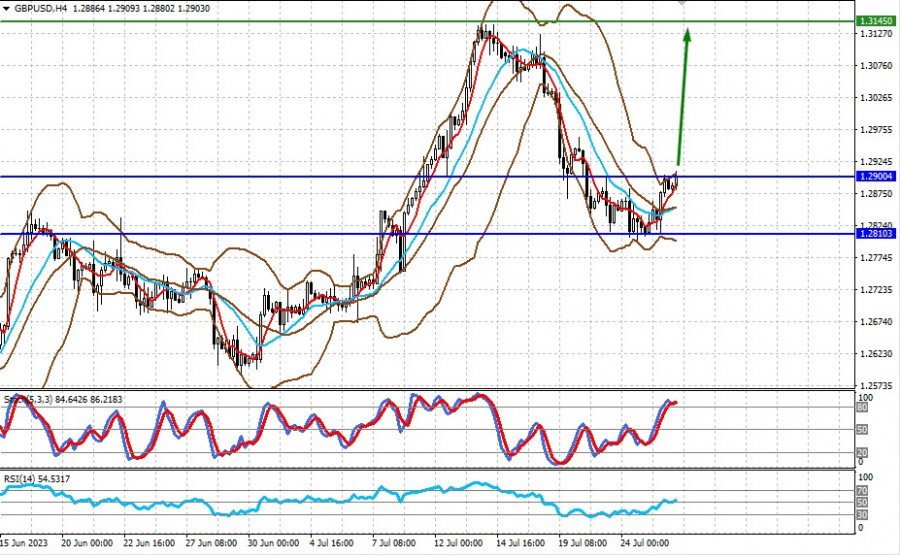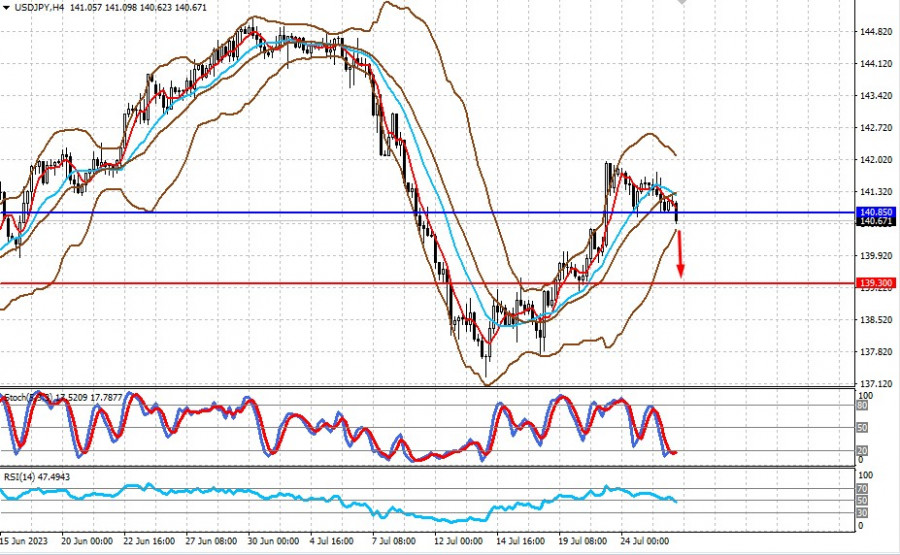
Today the US Federal Reserve is due to announce its decision on interest rates. The market is trying to puzzle out whether the central bank will venture into another rate hike. There is another grave factor which could lead to radical changes in trading forces in the near future.
The FedWatch tool estimates a 98% chance today the Fed may raise the key interest rate with by 0.25% to 5.50%.
Investors, on the one hand, keep this scenario in mind, and, on the other hand, they express fears that the American economy could slip into recession. Indeed, there are objective reasons for these doubts. As a result, such prospects affect the ratio of Treasury yields.
Many analysts believe that the US economy will not be able to avoid a recession after all. This is primarily due to the fact that the recovery is slow and creaky. Macroeconomic statistics prove a sluggish economic recovery, which means that the probability of an economic downturn in its worst case is low. For an accurate outlook, let's look at the ratio of 10-year bond yields to 2-year notes. And here the picture is extremely clear.
Under normal economic conditions, the yields of longer-term government bonds always exceed those of short-term ones. But in critical situations, when central banks begin to raise interest rates, fighting inflation, but at the same time the national economy is experiencing a crisis, oftentimes, the yield of short-term securities begins to exceed the yield of long-term ones. This phenomenon is called inversion.
For example, at the moment, exactly this situation is unfolding in the US debt market, where the yield of 2-year securities is currently 4.86% and 10-year - 3.88%. This state of affairs is explained precisely by the expectation that the cycle of raising interest rates will continue and, as a result, the economy will fall into recession. The rate-sensitive yield of 2-year Treasuries is growing, but at the same time, 10-year Treasuries, which respond to current economic conditions, are falling, displaying the inversion effect.
What does this mean for the market?
This state of affairs cannot last for long, bearing in mind the specifics of the American economy. The inversion could signal, as has already happened in previous periods of crises, that the Federal Reserve could begin the process of cutting interest rates either by the end of the year or at the beginning of the next. In turn, this means the beginning of a new cycle of lower interest rates than now. In this case, we should expect the area of the US dollar's weakness. At the same time, investors anticipate an increase in demand for risky assets, primarily company shares. This sets the stage for new financial bubbles and the start of another crisis. That new one will brew up on the back of the current one that is still going on.
We believe that the Fed is well aware of this and will try not to shake the economy further by raising interest rates. Still, the market should be braced for any developments.
Intraday outlook


GBP/USD
The currency pair is trading at 1.2900. If the Federal Reserve decides to refrain from a rate hike, GBP/USD could rally quickly to 1.3145.
USD/JPY
The instrument broke the level of 140.85. Following the Fed's policy decision on the status quo, the yen may strengthen to 139.30 against the US dollar.